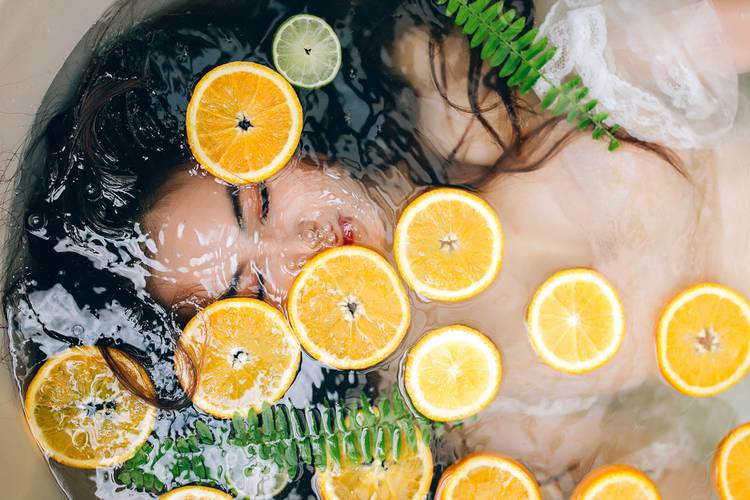

As I’ve been moving towards simplifying my skincare and makeup routine, I’m focusing more on what’s in the products I buy and how they’re made. However, I’ve found that it’s actually not so simple. There are a lot of terms that brands use when talking about clean beauty which become muddled, so it’s hard to know if what you’re buying aligns with your values. In an attempt to more clearly define what I’m looking for when I restock, I did some research to clarify some of the terminology around clean beauty. Here are some of the most common clean beauty terms and their definitions. I know there are some of you that, like me, that appreciate knowing this.
Note that these definitions are what I have come to understand based on my own research. If you disagree with anything or feel I’ve got it wrong, let me know in the comments below!
Vegan
Free of animal ingredients. Basically, nothing in the product came from an animal. There are actually a lot of ingredients commonly found in cosmetics that are derived from animals!
Cruelty-Free
Generally, this means that the product is not tested on animals. PETA has a super useful brand checker to see whether they are certified cruelty-free are not. It is important to mention that a product can be vegan, but that doesn’t mean it’s cruelty-free. These terms are not interchangeable, so it’s important to check a brand’s disclaimer to ensure its production processes match what you’re looking for.
Natural
From what I can tell, any product calling itself ‘natural’ is made with ingredients occurring in nature, like fruits, vegetables, oils, and minerals. It should not contain any chemical, synthetic, or artificial ingredients. However, many products that claim to be natural get away with it because they are including a few natural ingredients, but are still mainly made up of chemicals. The best way to ensure you’re getting a 100% natural product is to make research the brand and the product first.
Organic
This usually means that a product is made using natural ingredients grown or farmed without the use of things like pesticides, GMOs, and other synthetic or chemical products. It’s very similar to when you’re at the grocery shop and looking at organic produce. Brands should put the percentage of organic ingredients in the product on the packaging. Organic food products may be regulated by your country’s food industry, which is separate from cosmetics and beauty products. However, for a cosmetic product to obtain the organic certification, they must pass the regulations laid out under the food industry.
Clean or Green
Now we finally come to the term ‘clean beauty’. I’ve also heard ‘green beauty’ thrown around in the same context. I think this is quite similar to natural beauty in that products saying they are ‘clean’ are typically free of harsh or toxic chemicals. While there may be chemical or artificial ingredients, the brands have hopefully stayed away from those proven to be harmful and instead use ingredients with little or no negative impact on our bodies. These products are generally made with the consumer’s health in mind. Things like parabens, sulphates, and phthalates should not be found in Clean or Green products.
Non-Toxic
Again, this term is very similar to clean or green beauty. Products purporting to be non-toxic should avoid ingredients that have been proven to have harmful effects on our bodies and health. My rule of thumb is that if the packaging lists a whole bunch of ingredients that I can’t even pronounce, it’s likely got some harsher chemicals in it. If you’re like me and you’re not familiar with the wide variety of toxins out there, you can search up the ingredients on the internet before you buy.
Sustainable
This refers to a product that is made in an eco-friendly way, both in how it’s made and how it can be discarded. Typically, the products and their packaging are one or more of the following: recycled, recyclable, reusable, or compostable. It can also refer to a company’s production processes having a lower impact on the environment.
Ethical
This one is still a bit muddy for me and can mean a lot of different things. On one hand, it can mean that the product contains ethically-sourced ingredients (i.e. that the ingredients were sourced in an environmentally-responsible way, the ingredients are certified fair trade, etc.) It can also be related to cruelty-free in that it is produced in an ethical way (i.e. not tested on animals).
At the end of the day, my goal is to ensure my vanity case (and that really sounds so vain!) includes only products that aren’t harmful to myself or the environment, and are made by reputable brands in a sustainable and ethical way. Knowing what each of these terms means when a brand uses them should help us determine where we draw the line and what products we invest in.
I hope you found this post interesting and informative!
Thanks for reading!
xxx
Navi